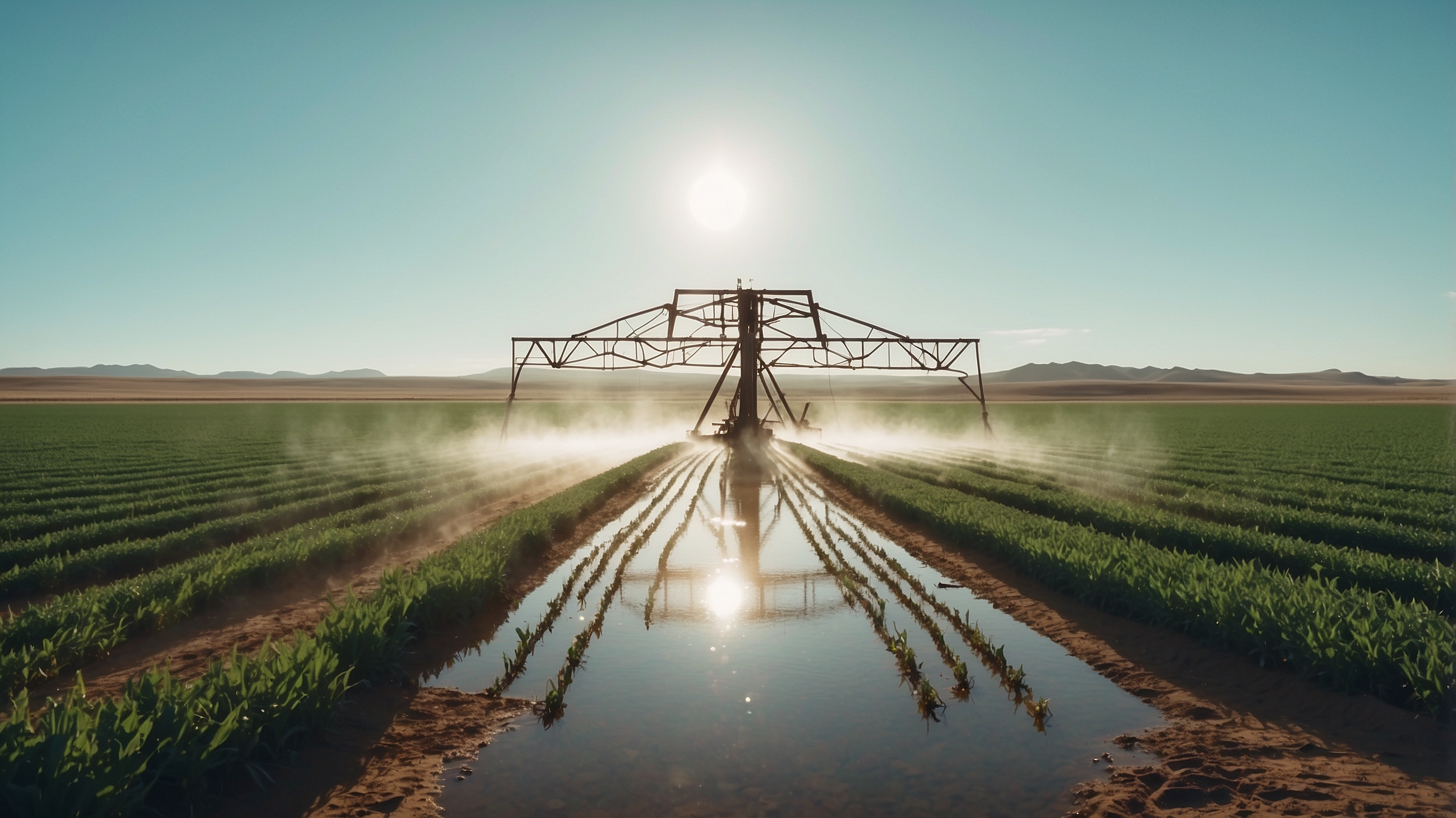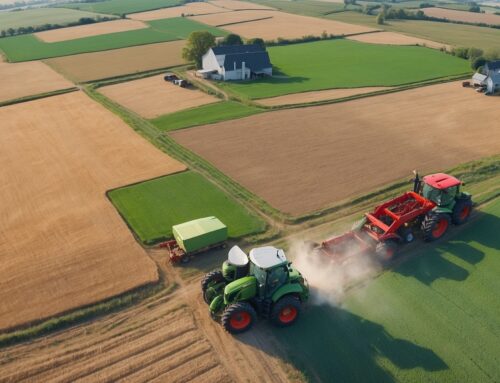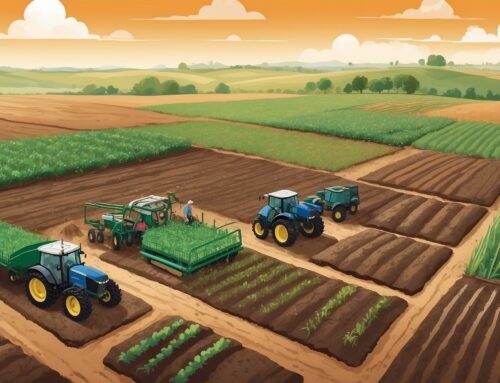Howdy there, fellow farmers! You know, farming has always been a mix of art, science, and a bit of luck—like knowing when to plant, when to water, and hoping the weather cooperates more often than it doesn’t. But as we’re rolling along in this new era, it’s not just luck and intuition at play anymore. It’s about using technology to be more efficient, save money, and make our lives a bit easier. One of the ways we’re doing that is by harnessing the power of sensor networks on our farms. So let’s dig into how these sensor networks are helping us make every drop of water, every nutrient, and every bit of effort count.
The Backbone of Smart Farming: Sensor Networks
Picture this: you’ve got soil moisture sensors, temperature sensors, weather stations, and even cameras—all of these are working together, like a team of highly skilled farmhands who don’t need sleep and never get tired. These are the sensor networks we’re talking about, and they’re here to keep tabs on everything happening across your fields, day and night. Whether it’s keeping an eye on soil moisture levels to make sure your corn isn’t drying up in the July sun, or helping to spot that temperature drop before it turns your tender crops into popsicles, sensor networks are on the job.
Think of these sensors as your extra set of eyes—but instead of squinting at the sky or poking at the dirt, they’re giving you real numbers and real-time insights. A network of sensors means you’re not guessing what’s going on out there; you know. And the best part? You don’t have to hike out to the far corner of the field with your shovel and a hunch—you’ve got the data right in your pocket.
Precision: The Name of the Game
Back in the day, I used to water my fields the way I pour coffee in the morning—lots of it, just in case. But these days, water’s getting scarcer, and frankly, it’s just too expensive to overdo it. Enter the sensor network. These little gadgets give you precise information on where and when to water. It’s like having a plant tell you, “Hey, I’m a little thirsty over here,” instead of just guessing and overwatering the whole field.
By knowing exactly where moisture is needed, you can cut down on waste. That’s not just water we’re talking about—it’s time, money, and even energy. If you’re running pivot irrigation, for example, and you’ve got a sensor network telling you which part of the field is already good to go, you save on fuel and maintenance costs, too. And, at the end of the day, if you’re not wasting water, you’re also being kinder to the environment—that’s something we all can tip our hats to.
Fertilizer Application: Right Place, Right Time
The same principle applies to fertilizer application. I don’t know about you, but I’d rather not be spreading that expensive stuff in places where it’s not needed—especially given what the prices are these days! Sensor networks let you see nutrient levels across different areas of your field. Some parts might be lacking, while others are doing just fine. By getting the lay of the land, you can be targeted in your fertilizer use, which saves you money and helps keep runoff to a minimum.
With a sensor network, you’re essentially giving each part of your field exactly what it needs, no more, no less. It’s like treating your crops to a buffet instead of force-feeding everyone the same meal—they get just what they need to thrive.
Catching Problems Before They Grow
Farming comes with its share of surprises, and let’s face it—most of them aren’t the fun kind. But with sensor networks, a lot of those surprises can be spotted early. Whether it’s noticing that a certain section of the field is consistently too dry or that temperatures are dipping lower than expected overnight, these sensors are your early warning system. They give you a heads-up before a minor issue turns into a full-blown crisis—like wilting crops or that patch of ground you thought was dry but is actually about to grow a bumper crop of weeds instead of alfalfa.
It’s like the sensors are saying, “Hey, boss, take a look over here—something’s not quite right.” And trust me, I’d rather get that nudge at 2 p.m. when I can do something about it than find out at 2 a.m. with a full-blown problem on my hands.
Saving Time: Less Guessing, More Farming
How much time do we spend just guessing what might be going on out there? Whether it’s a hot, dusty afternoon or an early morning when the dew’s still shining, we’ve all spent hours just checking, wondering, and hoping we’re getting it right. Sensor networks give us that time back. Instead of wandering the fields trying to figure out what’s happening, you’ve got real data to work with. This means less guesswork and more time actually doing what needs to be done—or maybe even catching a break now and then (imagine that!).
These days, efficiency isn’t just about getting the job done—it’s about getting it done with the least waste possible. With a sensor network on the job, you’re farming smarter, not harder. And that means getting better yields without having to work yourself (and your crew) to the bone.
The Future of Efficiency
Sensor networks are helping us all take a giant leap forward in how we approach farming. They bring the kind of efficiency that makes a real difference—whether that’s saving on inputs, conserving water, catching problems early, or just cutting down on all the guesswork that comes with growing crops. With sensor networks, we can work more precisely, be more sustainable, and keep farming in a way that’s good for the land and for our bottom line.
So, here’s to farming with a little extra help from technology—getting smarter about what we do, saving time, and maybe, just maybe, finding a few moments in the day for ourselves. Because if we’re going to be out there working sunup to sundown, we might as well have a little less guessing and a lot more knowing. Cheers to better farming and to sensor networks that are making it possible!





